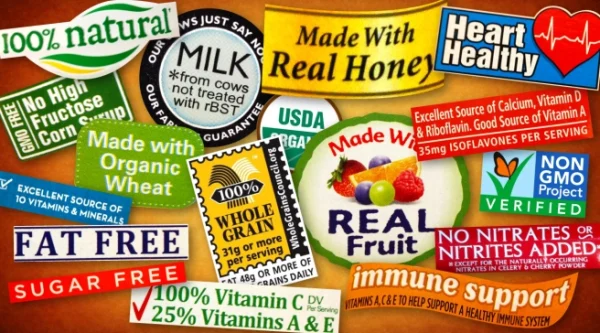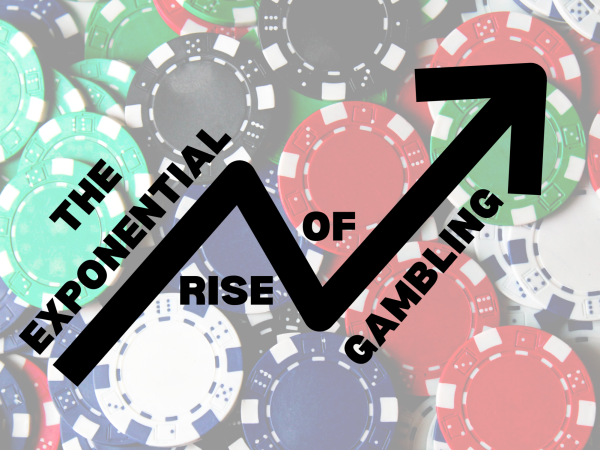Zero Waste Stores Need to be Everywhere
The purpose of a zero-waste store is as simple as it sounds: to provide groceries and other goods without any product waste. The principle of this industry is to combat the decades of reckless consumerism that our society has adopted, making the vital practice of grocery shopping sustainable for our planet’s future. This may seem idealistic, but in practice, zero-waste stores have proven to be effective, making it essential to have zero-waste stores be common and accessible for all communities.
In recent years, climate activism has become more widespread, and the growth of the zero-waste industry is a product of this awareness. The increase in zero waste stores means giving communities more opportunities to incorporate more earth-friendly practices into their lifestyles.
Zero-waste stores are applauded for their innovative approach to handling the new wave of sustainable living, especially as the effects of the climate crisis are becoming more apparent in our everyday lives. These stores encourage the use of reusable or biodegradable materials, like metal bottles and paper straws, to eliminate plastic wastage — a leading contributor to climate change and pollution. They have seen widespread success upon establishment, with one prominent example being The Source Zero in San Jose, the first zero-waste store in the city. Source Zero offers a wide variety of home and body care products, entirely packaged in eco-friendly materials like paper and cloth. Many in the area have cited The Source Zero as an “inspiration” for potential zero-waste stores in the future.
Although zero-waste stores seem like an optimal choice, several factors that are often overlooked can limit the practicality of implementing zero-waste stores. For a store to be considered entirely “zero-waste,” it must not use any packaging, supplies or bags that contain plastic. To accomplish this is both a costly and tedious process: the switch to zero waste would require a total refurbishing of the current economic model of how stores currently operate.
For example, many stores sell plastic utensils or vessels due to plastic’s accessibility and availability. It is far cheaper for a grocery store to produce plastic straws in bulk and for consumers to buy them than it is to produce metal or biodegradable straws, which are made of much more expensive materials. Oftentimes, these “eco-friendly alternatives” are not an option for those of lower socioeconomic status, especially as it is much more efficient to continue reusing plastic products.
While it may not be feasible to have zero-waste stores make up all or even a large portion of the industry, it is necessary to incorporate more of these stores in communities. They provide an option for people to get fresh groceries while minimizing damage to the environment. Even if this lifestyle is too difficult for some families to maintain, zero-waste stores introduce shopping concepts that support both people and the Earth. These stores represent a step forward in preserving our world’s natural resources and health. Only through supporting this industry and promoting its growth throughout the country can we work towards ensuring that an eco-friendly lifestyle is also wallet-friendly.









